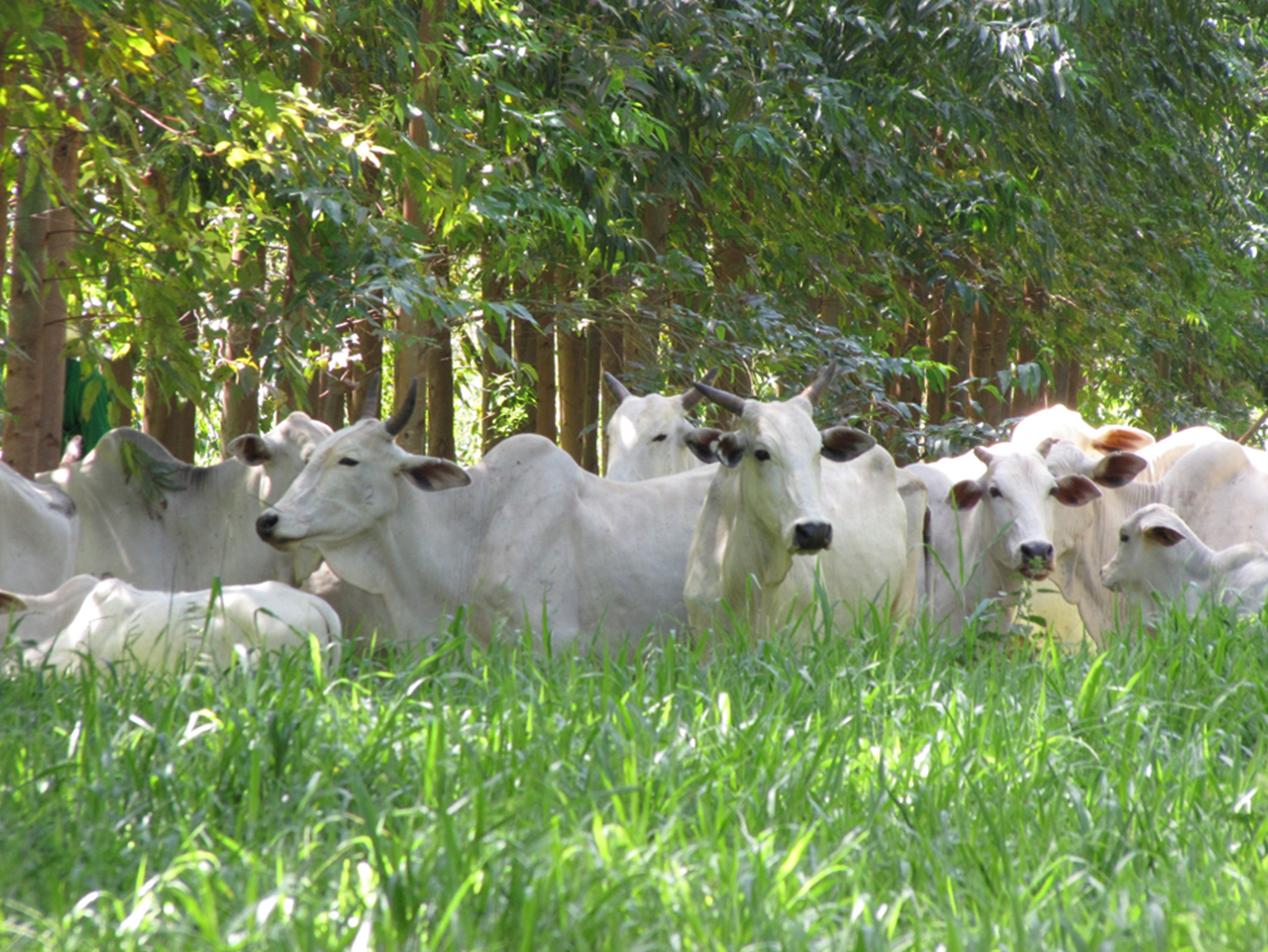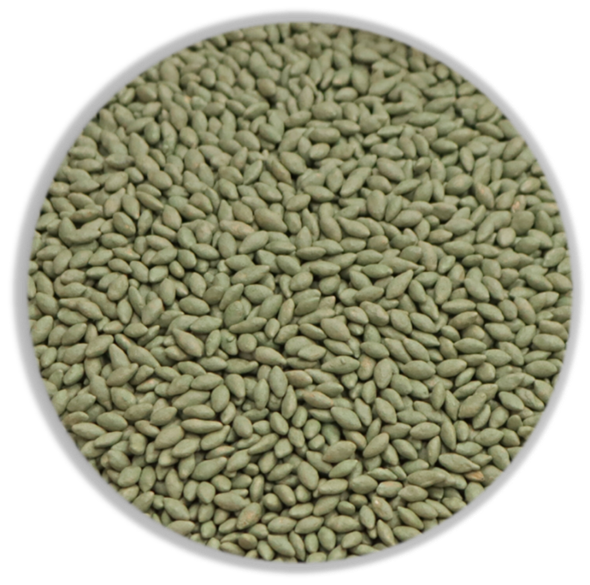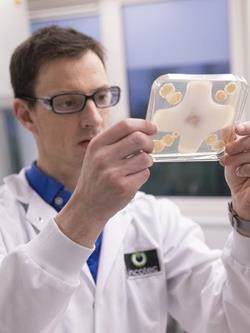How to successfully develop a biological seed treatment

Biological seed treatment: the three ingredients for success
The successful development of a high-performing and innovative biological seed treatment depends on close collaboration with the customer, a high level of expertise and rigorous testing. These three conditions were crucial in a recent collaboration with our customer, Matsuda. Matsuda is a key player in the seed sector, not only in South America but on the global field and is one of Incotec’s most valued partners. So, when they approached us, we were delighted to join forces in the quest for a solution: the development of a completely new and highly sustainable seed treatment for forages. Our technical partners at Matsuda played a pivotal role in co-creating this innovative and highly sustainable seed treatment.The big advantage of biological crop protection is that instead of using traditional chemical plant protection products we replace them with biological pesticides.
What is biological treatment for seeds?
Biological seed treatment is a method of pest control that uses a biological agent, mainly microorganisms (such as bacteria and fungi), to protect crops from harm. This approach constrains the pests that are damaging to the seed and young plant, or positively influences plant development. The big advantage of biological crop protection is that instead of using traditional chemical plant protection products we replace them with biological pesticides. But this is not an easy process. The integration of living microorganisms into a seed coating presents challenges. Safeguarding their effectiveness during seed application, storage, planting and as long as they are needed to effectively protect the seed and seedling, requires skill and expertise.
Forging the frontiers of forage seed treatment
According to an article published in Agropages the global biological seed treatment market is expected to reach approximately US$3,6 billion by 2029. Despite this market potential, significant breakthroughs in biological seed treatments with sustainability claims and high agronomic efficiency were lacking when our project commenced. The Matsuda team envisaged a highly sustainable direct seed application of biological actives to improve agronomical aspects of Brachiaria such as plant growth, seedling vigour and root development which are stimulated by bacteria that produce plant hormones. Additionally, these bacteria can be used to control important nematodes and pathogens that are harmful to Brachiaria. Based on the work we had already done in this field, we were confident in our ability to produce an innovative and sustainable forage seed treatment that was unique in the market.More importantly, in this case, was the compatibility of the encrusting and the microorganism.
How to apply the biological
Integrating the biological into a Brachiaria seed coating is what makes direct seed application possible. First, we established that seed encrusting was the best type of coating for the job. Encrusting seeds makes their shape more uniform, increases their weight and, due to the properties of the coating material, allows seeds to flow freely through sowing equipment. This results in a more efficient pasture establishment. The encrusting also allows more space around the seed for integrating products that will protect the seed and young plants. More importantly, in this case, was the compatibility of the encrusting and the microorganism. The high survival rate means improved efficiency in the field. In line with our commitment to sustainability, we opted for a microplastic-free encrusting. This supports our broader initiative to gradually develop a microplastic-free version of all our seed coatings in order to offer customers the most sustainable solutions possible.
Are seed coatings and biologicals compatible?
We then tested various actives. Our aim was to find the most robust one with the highest survival rate over time and a known capacity to control nematodes and soil-borne pathogens that attack pasture. After a rigorous evaluation, B. amyloliquefaciens was selected for several reasons: its potential for controlling the main nematodes that can attack Brachiaria roots; its capacity to improve plant growth; and its ability to act as a biocontrol agent against fungi and nematodes which can affect the plants.
The technical teams of both Incotec and Matsuda were then ready to join forces to start testing the compatibility of the encrusting technology and the bacteria, and to evaluate survival rates of the bacteria after the encrusting process. The results we observed showed no negative effects of Incotec’s encrusting technology on the survival rate of the bacteria through time, keeping them alive for eight months under environmental conditions. With such positive results, we had the green light to start production of this seed encrusting product, which is now available from Matsuda under the name Green StarTM Gold series.

Encrusted seeds
Benefits of biological seed treatment for Brachiaria
The active ingredient not only improves the resistance and vigor of the Briachiaria crop, but it also increases root growth, leading to enhanced water uptake. Moreover, the stimulating effect on plant hormone production, promotes overall growth and provides effective control against harmful nematodes and pathogens. In this case, the top-quality encrusting makes seed processing and sowing more efficient and results in a more efficient plant establishment. Being microplastic-free as well, it is a highly sustainable product.
Sustainable seed treatment for other forage crops
Further development of this product for other varieties is our next priority. If you would like more information about tailoring this product to your forage crop, or you are looking for a quality application method for your active/biological, contact us.Formulating Biologicals for Agriculture
